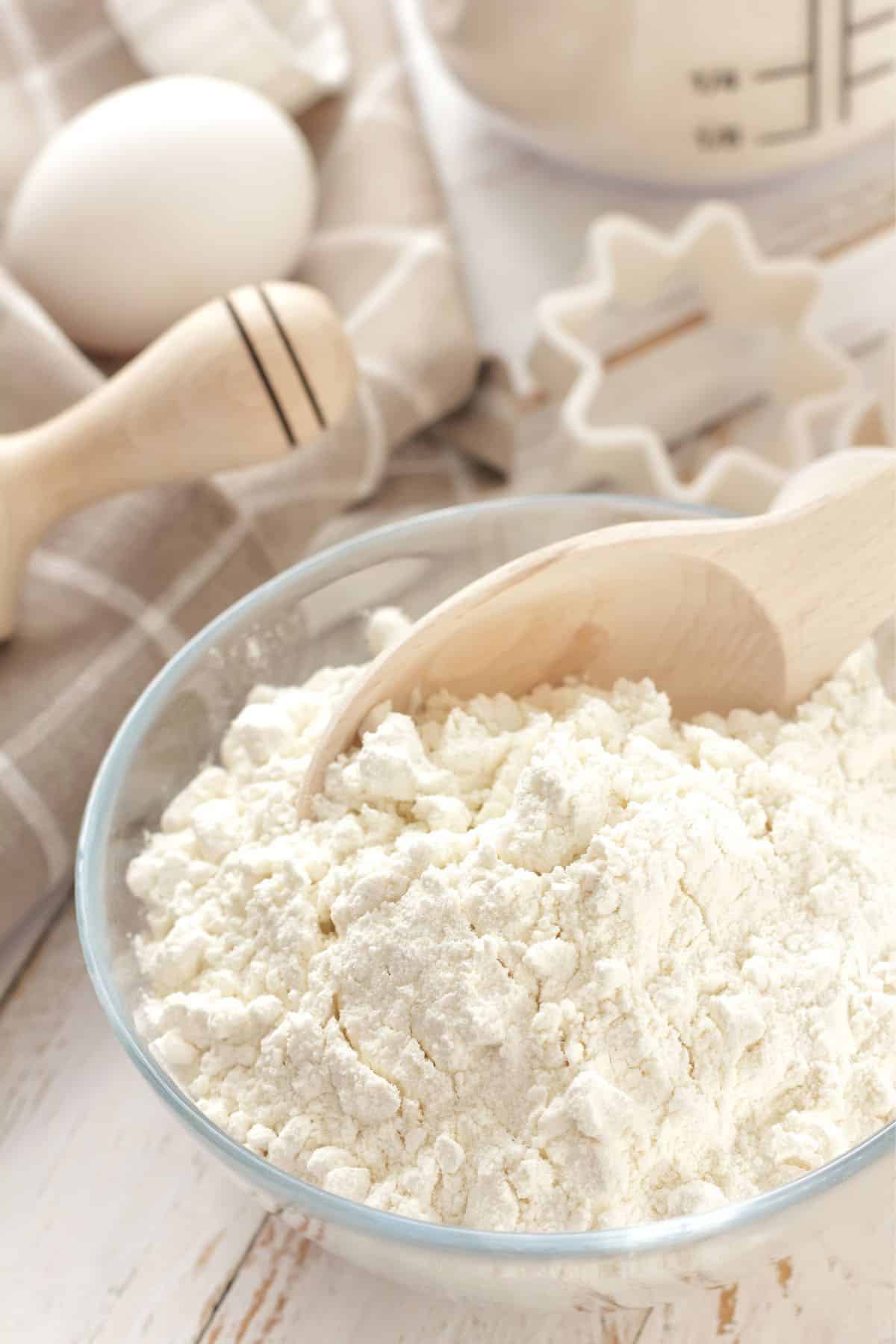Unlocking the Secrets of All-Purpose Flour: A Parent’s Guide
Hey there, super parents! Are you ready to become a kitchen wizard and wow your family with your culinary magic? Let’s dive into the wonderfully versatile world of all-purpose flour! Understanding this kitchen staple will not only up your baking game but will also ensure that you’ve got the know-how to choose the best flour for your family’s needs. So, buckle up, as we embark on this flour-filled adventure together!
What Is All-Purpose Flour?
Let’s start with the basics. All-purpose flour, affectionately known as APF in the baking circles, is the go-to flour for most baking and cooking needs. It’s the quintessential kitchen companion for whipping up everything from fluffy pancakes on a cozy Sunday morning to that irreplaceable thickener for your secret-recipe gravy. But what exactly is it?
All-purpose flour is milled from a blend of hard and soft wheat grains. This magical mixture gives it a middle-of-the-road protein content—usually around 10-12%—which strikes a perfect balance between strength and tenderness in baked goods. It’s like the Goldilocks of flours: not too high in protein, not too low, but just right for most of your baking endeavors!
Why All-Purpose Flour Is a Family Kitchen Staple
Why is all-purpose flour a superstar in the pantry? Simplicity and versatility are the keys. Unlike more specialized flours, APF is designed to be… well, all-purpose! You can reach for it whether you’re baking a batch of cookies or thickening a sauce, and it will get the job done without the need for complicated adjustments.
And let’s not forget the economic advantage! Instead of buying different types of flour for different recipes, all-purpose flour is a one-bag-wonder, making it a budget-friendly choice for families. Plus, it’s readily available in most grocery stores, often coming in various size options to suit the needs of your household, whether you’re an occasional baker or a daily dough-whisperer.
Nutrition Facts: Is All-Purpose Flour Healthy?
Now, as a parent, you might be curious about the nutritional aspects of all-purpose flour. Typically, all-purpose flour is enriched with iron and B vitamins (like folic acid), which makes it a sneaky source of some essential nutrients in a standard family diet. However, it’s important to note that all-purpose flour is refined, meaning the bran and germ portions of the wheat kernel have been removed during milling, which also removes some natural nutrients and fiber.
If you’re aiming for more whole grains in your family’s diet, you can find whole wheat all-purpose flour on the market. This flour includes the nutritious bran and germ, upping the fiber content and offering a heartier flavor profile to your baked goods.
But worry not, balance is the key! All-purpose flour can certainly play a part in a balanced diet when used mindfully. Like all ingredients, it’s about how and how often you use it. Remember, moderation is your friend!
Exploring the Different Types of All-Purpose Flour
Before we conclude this section of our guide, let’s quickly peek at the types of all-purpose flour you might encounter:
- Bleached All-Purpose Flour: This type has been chemically treated to speed up the aging process, resulting in a whiter and finer-grain flour.
- Unbleached All-Purpose Flour: As the name suggests, this flour has not been bleached and has a natural off-white color. It’s often preferred for its less-processed nature.
Each of these flours has its champions and is suitable for different culinary tasks, but generally, they can be used interchangeably. It’s all about personal preference and the specific needs of your recipes.
In the kitchen, knowledge is as key as taste, and now that you have begun to unravel the uses and benefits of all-purpose flour, your pantry prowess is sure to rise as impressively as a perfectly baked loaf of bread! Stay tuned for more flour-power insights in the next section of our guide, where we’ll delve into the nitty-gritty of working with all-purpose flour, including storage tips and tricks, and answer some FAQs that will make you a bona fide flour expert in no time.

5 Essential Tips for Parents Using All-Purpose Flour
As you bring all-purpose flour into your home, here are five essential things every parent should know to get the most out of this pantry superstar:
1. How to Properly Store All-Purpose Flour
Flour’s arch-nemesis is moisture, pests, and strong odors. To keep your all-purpose flour fresh and ready for action, store it in an airtight container in a cool, dry place. You can even store it in the refrigerator or freezer to extend its shelf life—just make sure it comes to room temperature before you use it. This method is particularly helpful in warmer climates or seasons.
2. Understanding Gluten Development in Baking
Gluten, which is formed when flour is mixed with water, is what gives many baked goods their desirable texture. But too much gluten development can lead to tough and chewy results. For tender baked goods like cakes and pastries, mix just until ingredients are combined. For chewier, more elastic textures like bread, a longer kneading time is desired. It’s all about the balance!
3. The Scoop-and-Sweep Method
Measuring flour accurately is more important than you might think. To avoid adding too much flour to your recipes (a common mistake), use the scoop-and-sweep method. First, fluff up the flour with a spoon. Then, scoop your measuring cup into the flour and level it off with the flat edge of a knife. This helps ensure you’re using the right amount of flour, which can make or break your baking endeavor.
4. Substituting All-Purpose Flour with Other Flours
Because not all flours are created equal, substituting one type for another can be tricky. However, all-purpose flour is quite forgiving. If a recipe calls for cake flour and you only have APF on hand, you can make a quick substitution: for every cup of all-purpose flour, remove two tablespoons of it and replace with two tablespoons of cornstarch—voila! You’ve got a homemade cake flour substitute.
5. Using All-Purpose Flour Beyond Baking
All-purpose flour isn’t just for baking cookies, cakes, and bread. It’s also your secret weapon for creating a roux for gravy, thickening sauces, and making a fabulous coating for fried foods. A light dusting of flour can prevent your fruits from sinking in cakes. It’s also great for dusting pans and your countertop when rolling dough. The possibilities are truly endless!
With these flour facts and tips in your arsenal, you’ll be ready to tackle an array of recipes and kitchen tasks. Your all-purpose flour is not just a bag of white powder—it’s a vessel of endless culinary opportunities, perfectly suited for the dreams and tastes of your family. Happy baking, cooking, and creating in the heart of your home!
For more great articles please see here. For more information see here
Disclaimer
The articles available via our website provide general information only and we strongly urge readers to exercise caution and conduct their own thorough research and fact-checking. The information presented should not be taken as absolute truth, and, to the maximum extent permitted by law, we will not be held liable for any inaccuracies or errors in the content. It is essential for individuals to independently verify and validate the information before making any decisions or taking any actions based on the articles.




